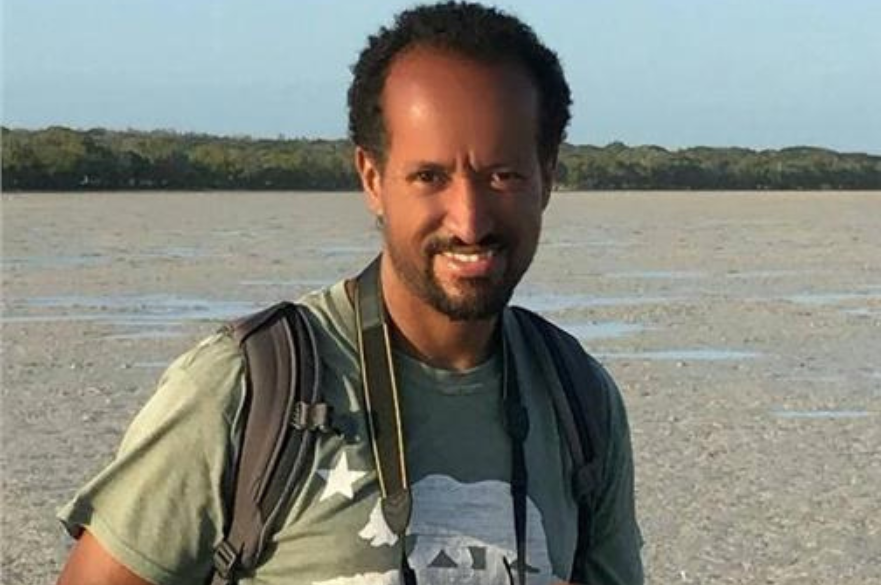Role
I am the course leader of the MSc/MRes Endangered Species Recovery and Conservation.
I am currently leading the following two modules:
- Species Recovery: Theories, Methods and Techniques (MSc Endangered Species Recovery and Conservation)
- Physiology of Behaviour (BSc Animal Biology & BSc Zoology)
Career overview
I completed my PhD in Anthropology in 2014 at the School of Anthropology and Conservation of the University of Kent in the UK, during which I studied grooming behaviour and cooperation in wild chimpanzees.
In 2014-2015, I completed my post-doctoral training in Dr Stephen Suomi’s Laboratory of Comparative Ethology, at the National Institutes of Health in the US where I examined the development of social cognition in infant rhesus macaques.
Between 2016 and 2018 I was a post-doctoral fellow in Dr Brenda McCowan’s Laboratory at the School of Veterinary Medicine of the University of California in Davis. As part of this postdoctoral research, I studied the drivers and outcome of human-macaque interactions in Northern India.
In September 2018 I joined the University of Wolverhampton as a Lecturer in Evolutionary Biology, until August 2023, when I joined NTU as a Senior Lecturer in Conservation Biology.
Research areas
Since 2016, my research program has focused on studying the interactions between humans and macaques in India and Malaysia and how these interactions affect both human and macaque populations. Macaques show an incredible adaptability to human-modified environment, as they can thrive in different anthropogenic environments. Using a multi-disciplinary approach, my research program examines what are the factors driving the interactions between humans and macaques and what are the consequences of these interactions for both the human and macaque populations.
More recently, in collaboration with colleagues from the School of Science and Technology and Twycross zoo, I have started a project to develop AI-based automatic systems to monitor captive animal welfare.
With colleagues from the School of Social Sciences, I am advertising one PhD position on the social and environmental predictors of health resilience in wild baboons. You can find more details by clicking the link below:
PhD students supervised (past and present)
2017-2022 Dr Jayashree Mazumder-Tool use behaviour in long-tailed and rhesus macaques.
2018-2023 Dr Emily Elwell-Enhancing conservation breeding practices of ruffed lemurs using scent signals.
2018-2024 Dr Bidisha Chakraborty-Socioecological drivers of participation in intergroup conflict among urban-dwelling rhesus macaques.
2022-present Anne Castiglioni-Economic decision-making among urban long-tailed macaques
2024-present Jack Lewton-Application of artificial intelligence in the monitoring of zoo animal welfare
External activity
- 2023 - present. Academic editor of the scientific journal PeerJ - Life & Environment
- 2022 - present. Member of the IUCN SSC Primate Specialist Group Section for Human-Primate Interactions
- 2022 - present. Member of the Primate Society of Great Britain (PSGB) Research Sub-committee
Journal peer review
American Journal of Primatology, Animal Behaviour, Animals, Asian Primate Journal, Behaviour, Behavioural Ecology and Sociobiology, British Journal of Developmental Psychology, Current Zoology, Developmental Psychobiology, Journal of the American Association for Laboratory Animal Science, Hormones and Behavior, Infant Behavior and Development, International Journal of Primatology, PeerJ, Primates, Proceedings of the Royal Society B, Royal Society Open Access, Urban Ecosystems.
Grant peer review
The Leakey Foundation, UC Davis travel grant, University of Lethbridge Research Fund, Research Grants Council of Hong Kong, National Science Centre of Poland.
Publications
Selected publications (complete list can be found here: https://irep.ntu.ac.uk/view/creators/Kaburu=3ASSK=3A=3A.html)
- Kaburu, SSK. Balasubramaniam, KN., Marty, PR., Beisner, B., Fuji, K., Bliss-Moreau, E., & McCowan, B. (2023). Effect of behavioural sampling methods on local and global social network metrics: a case-study of three macaque species. Royal Society Open Science, 10(12), 231001.
- Balasubramaniam, KN., Aiempichitkijkarn, N., Kaburu, SSK., Marty, PR., Beisner, BA., Bliss-Moreau, E., Arlet, ME., Atwill, E., & McCowan, B. (2022).Impact of joint interactions with humans and social interactions with conspecifics on the risk of zooanthroponotic outbreaks among wildlife populations. Scientific Reports, 12: 11600.
- Balasubramaniam, KN., Kaburu, SSK., Marty, PR., Beisner, BA., Bliss-Moreau, E., Arlet, ME., Ruppert, N., Ismail, A., Shah, SAM., Mohan, L., Rattan, L., Kodandaramaiah, U. & McCowan, B. (2021) Implementing social network analysis to understand the socio-ecology of wildlife co-occurrence and joint interactions with humans in anthropogenic environments. Journal of Animal Ecology, 90: 2819-2833
- Balasubramaniam, KN., Bliss-Moreau, E., Beisner, BA., Marty, PR., Kaburu, SSK., & McCowan, B. (2021). Addressing the challenges of research on human-wildlife interactions using the concept of Coupled Natural and Human Systems. Biological Conservation, 257: 109095
- Kaburu, SSK., Beisner, B., Balasubramanian, K., Marty PR., Bliss-Moreau, E., Arlet, ME., Mohan, L., Rattan, SK., Atwill, ER, & McCowan, B. 2019. Interactions with humans impose time constraints on urban-dwelling rhesus macaques. Behaviour, 156: 1255-1282.
- Kaburu, SSK., Marty PR., Beisner, B., Balasubramanian, KN., Bliss-Moreau, E., Kaur, K., Mohan, L., & McCowan, B. 2019. Rates of human-macaque interactions affect grooming behavior among urban-dwelling rhesus macaques (Macaca mulatta). American Journal of Physical Anthropology, 168: 92-103
